The U.S. Marine Corps has enhanced its MQ-9 Reaper drones with a cutting-edge electronic warfare pod, significantly boosting their stealth capabilities. This upgrade marks a major advancement in Drone Technology, potentially changing the landscape of aerial surveillance and combat operations.
The Game-Changing RDESS/SOAR Pod
The new addition to the Reaper’s arsenal is the Reaper Defense Electronic Support System / Scalable Open Architecture Reconnaissance (RDESS/SOAR) pod. Developed by General Atomics and L3Harris Technologies, this 634-pound (287.6 kg) device is a passive Electronic Support Measure (ESM) payload designed to collect and geo-locate signals of interest from standoff ranges.
According to a Marine Corps official, the pod helps the MQ-9 Reaper become almost “undetectable” and “somewhat disappear” off enemy radars. This capability significantly enhances the drone’s survivability in contested airspaces, allowing it to conduct surveillance missions with reduced risk of detection.
Enhanced Capabilities of the MQ-9 Reaper
The MQ-9 Reaper, already a formidable surveillance and attack drone, sees its capabilities further expanded with this upgrade. General Atomics reports that the Reaper boasts impressive specs:
- Over 27 hours of endurance
- Speeds of up to 240 KTAS
- Operating altitude of up to 50,000 feet
- Payload capacity of 3,850 pounds (1,746 kg)
The addition of the RDESS/SOAR pod enables the Reaper to provide “standoff surveillance—seeing threats before threats can see the aircraft,” according to General Atomics. This long-range persistent surveillance capability of enemy communications, coupled with real-time multi-intelligence target identification and tracking, significantly enhances the drone’s effectiveness in various missions.
Global Adoption and Future Developments
The MQ-9 Reaper’s reputation as a versatile and effective drone continues to grow. Besides the U.S. military, several other Countries, including Italy and France, are already operating the Reaper. Other nations like the Netherlands, Spain, and Belgium have placed orders or shown interest in acquiring these advanced drones.
As the drone warfare landscape evolves, so does the Reaper. The U.S. Air Force Special Operations Command (AFSOC) is exploring the concept of using the Reaper as a “mothership” to control smaller drones, forming an expansive sensing grid. This Adaptive Airborne Enterprise (A2E) project aims to further enhance the Reaper’s capabilities in contested environments.
DroneXL’s Take
The addition of the RDESS/SOAR pod to the MQ-9 Reaper represents a significant leap forward in drone technology. This upgrade not only enhances the Reaper’s survivability but also expands its potential applications in both military and civilian sectors.
As drones continue to play an increasingly crucial role in various fields, from defense to disaster response and environmental monitoring, advancements like these pave the way for more efficient and safer operations. The ability to conduct long-range surveillance while remaining undetected could prove invaluable in conflict zones, border security, and even in tracking illegal activities like poaching or unauthorized fishing.
While the military applications are clear, it’s exciting to consider how this technology might eventually trickle down to civilian and commercial uses, potentially revolutionizing fields like Search and Rescue, Wildlife conservation, and environmental research. As always, the key will be balancing these technological advancements with ethical considerations and privacy concerns.
Photo courtesy of Interesting Engineering.
Discover more from DroneXL
Subscribe to get the latest posts sent to your email.


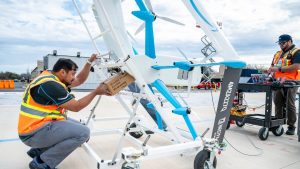
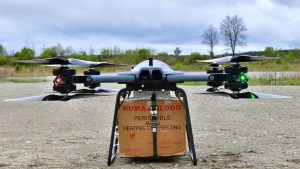

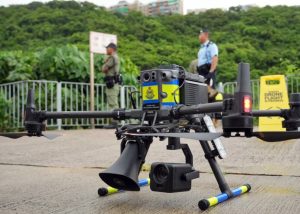
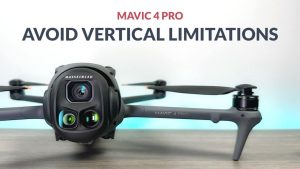
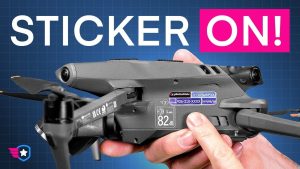
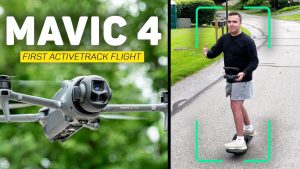
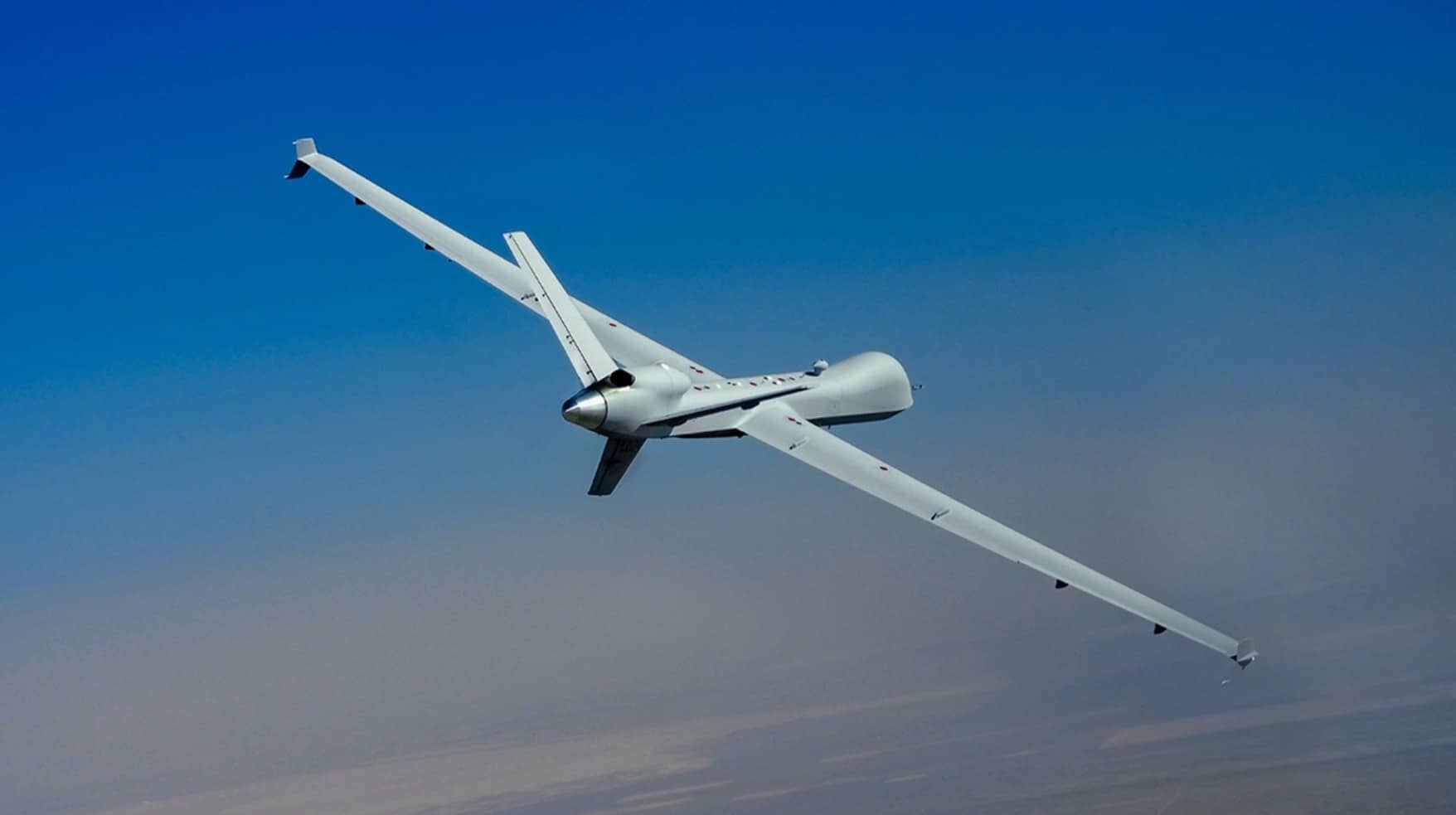

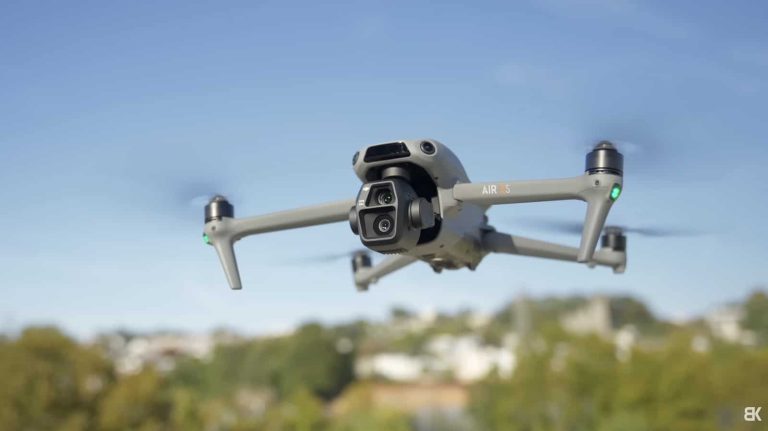
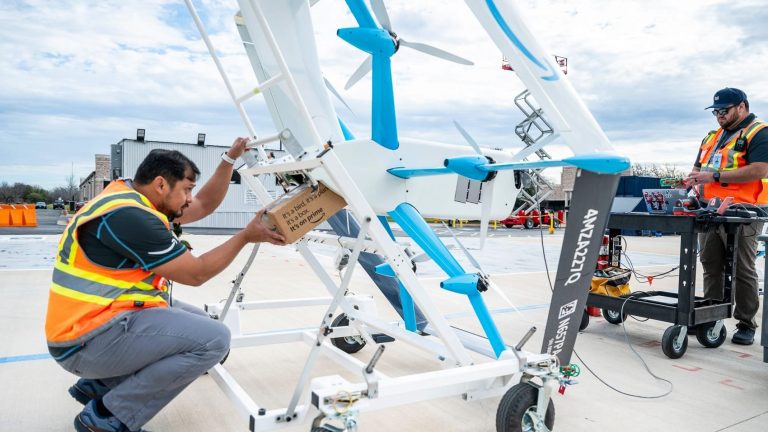
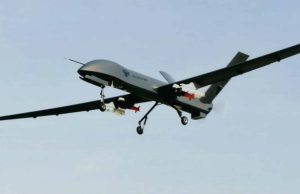

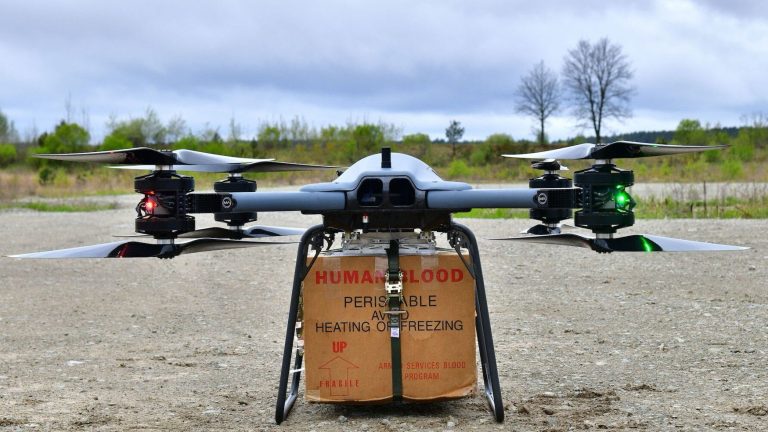
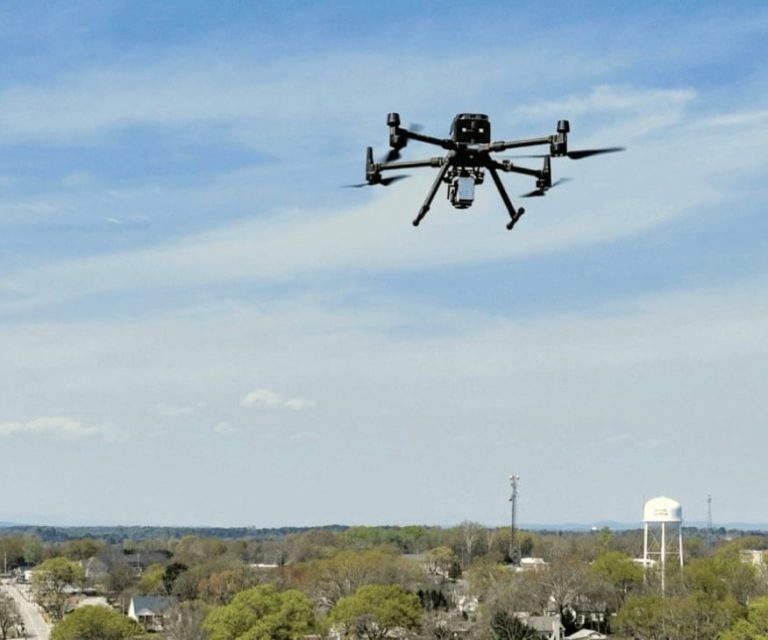
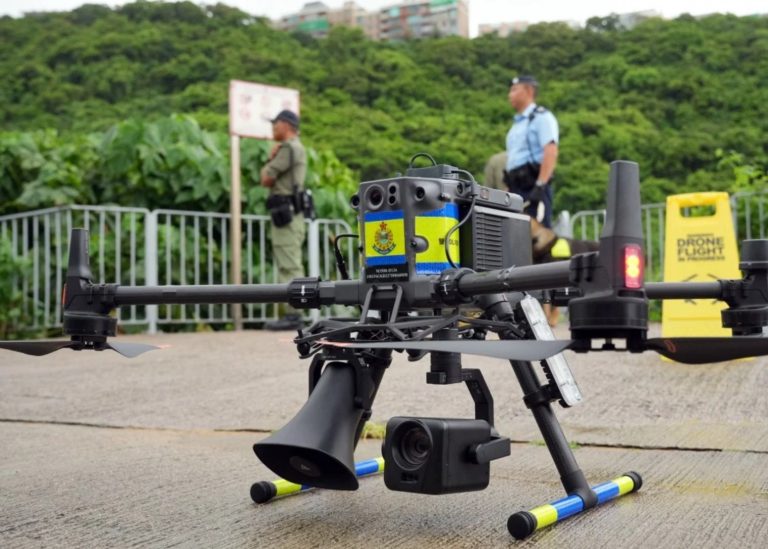
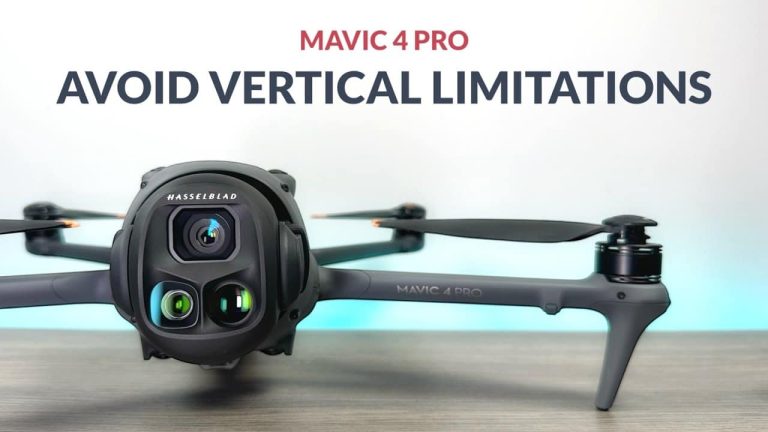
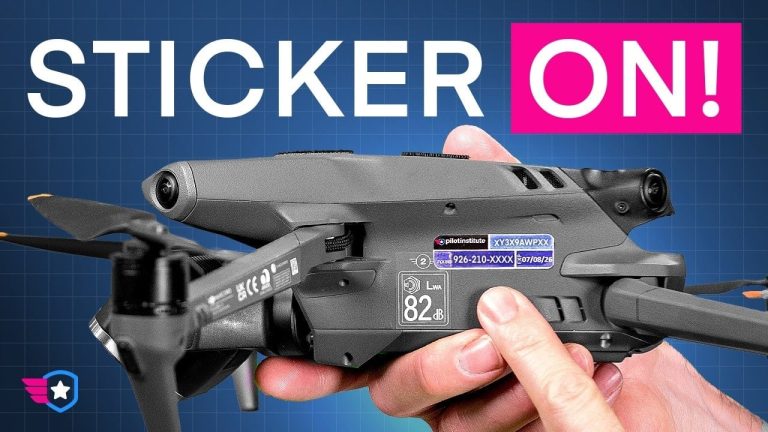
+ There are no comments
Add yours